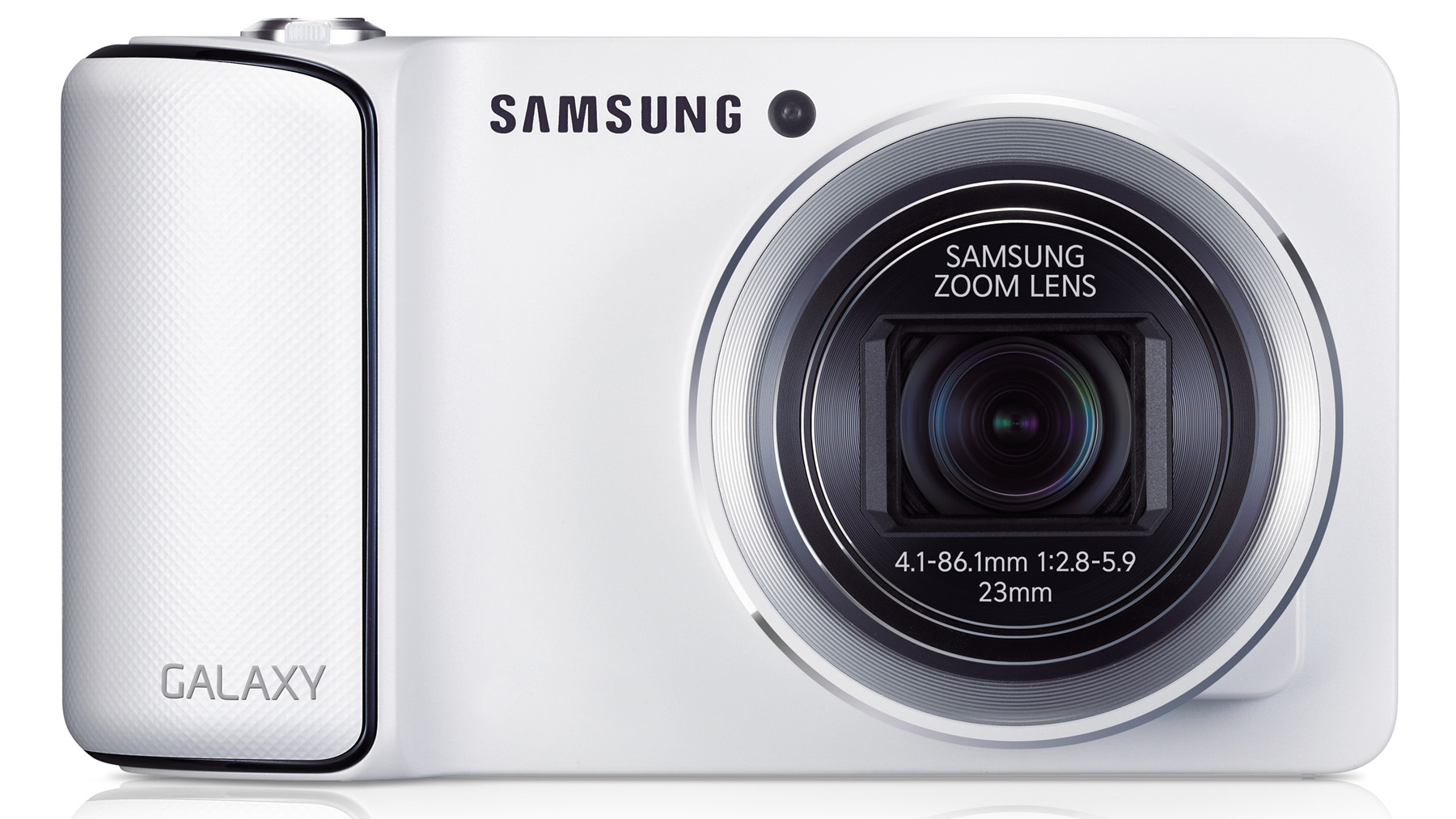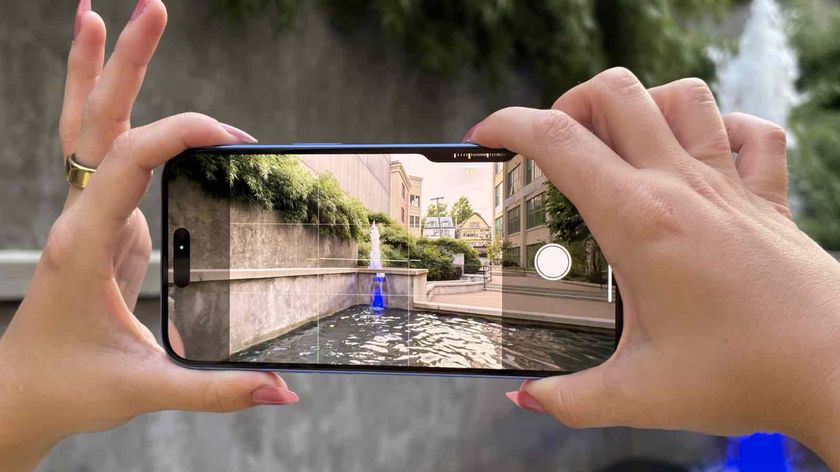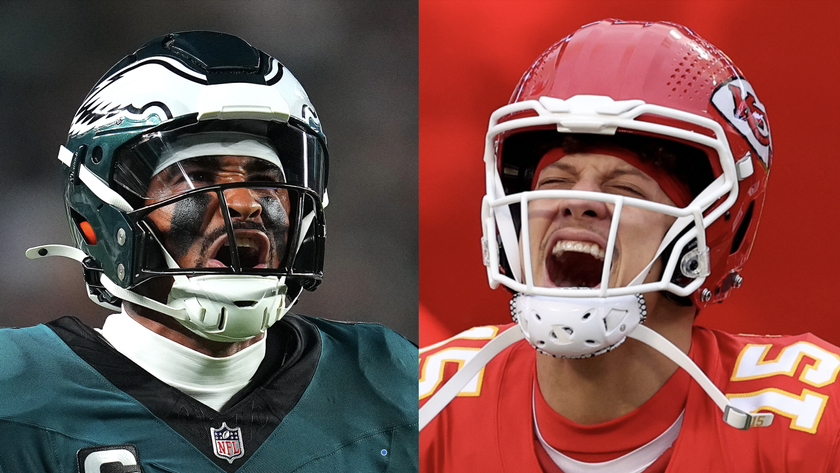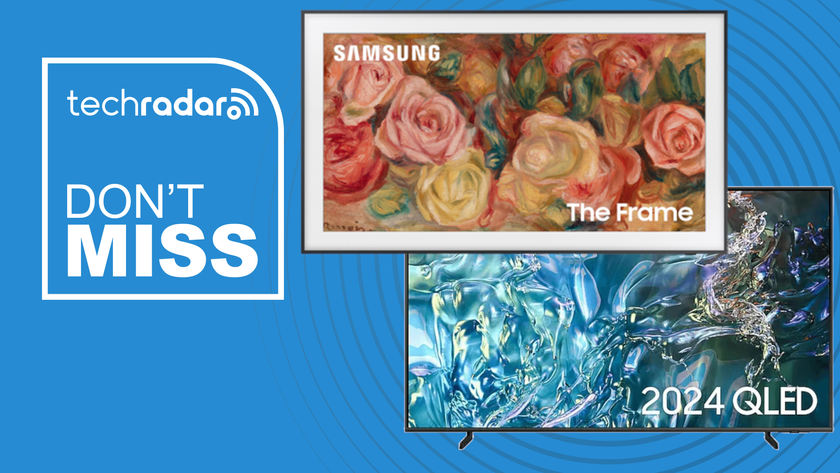TechRadar Verdict
Pros
- +
Responsive touchscreen controls
- +
Social integration
- +
Advanced and auto modes
- +
Great apps
- +
Impressive images
Cons
- -
A little big for some
- -
Can't use it as a phone
- -
No macro shortcut
Why you can trust TechRadar
While smartphones are great because they enable you to capture, edit and upload images to Twitter, Facebook and other social networks, they invariably have a piddlingly small sensor and a lens the size of a sequin. Despite technological advances, this combination is a prescription for noisy images, poor tonal range, chromatic aberration and distortion.
So it's not really a surprise that Samsung, a company that makes both smartphones and dedicated cameras, should decide to merge the best aspects of these two devices to create the Samsung Galaxy Camera.
It's a smart camera that has a compact camera-sized sensor and a lens large enough to let a decent amount of light in. Plus it has the control layout and connectivity of an Android smartphone, along with the ability to download and use apps to add extra functionality.
The Samsung Galaxy Camera is currently priced at £399 in the UK, AU$599 in Australia and US$499.99 in the US.
Samsung has plumped for a 16 megapixel 1/2.3-inch CMOS sensor for the Samsung Galaxy Camera. This is the same physical size as the sensors in many compact cameras, including the popular Panasonic TZ30.
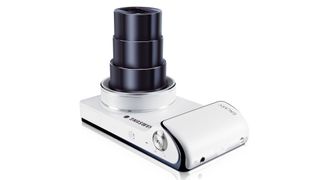
This should mean that the Samsung Galaxy Camera is capable of recording a respectable level of detail with reasonably well-controlled noise. Full HD (1920 x 1080) video can also be recorded at 30fps.
The sensor is coupled with a 4.1-86.1mm f/2.8-5.9 lens. That's a 21x optical zoom with the focal length equivalent of a 23-483mm lens in 35mm terms.
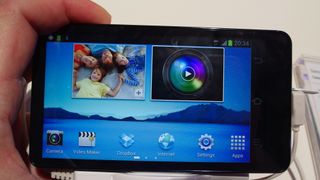
It means that the Samsung Galaxy Camera just trumps the Panasonic TZ30, which has a 20x zoom (24-480mm).
The 23mm point is ideal for shooting in cramped rooms or capturing sweeping vistas, while the telephoto end is perfect for picking out distant details.
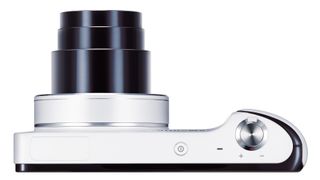
Having a maximum aperture of f/2.8 at the wideangle end (dropping to f/5.9 at the opposite end) means that relatively fast shutter speeds can be used in low light to reduce blurring of movement, but there's also an optical stabilisation system built in to reduce the impact of camera shake.
Cameras with wide zoom ranges are especially popular with travellers, because they are likely to encounter a huge range of subjects.
These users will also like the Samsung Galaxy Camera's Wi-Fi and 3G connectivity, since it enables them to share images directly as well as browse the internet and send and receive email.
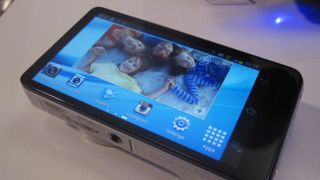
In the UK a micro SIM card for the 3 network is included in the package, along with 30 days of data usage and 50GB of storage on Dropbox for two years. In the US, the Samsung Galaxy Camera is tied to AT&T, and in Australia it's available through Optus.
And of course, because the camera is driven by the Android 4.1 Jelly Bean operating system, the camera can also use Android apps that are downloaded via the Wi-Fi or 3G connection.
Samsung has introduced a new breed of camera with the Samsung Galaxy Camera, and it clearly doesn't want to limit its appeal.
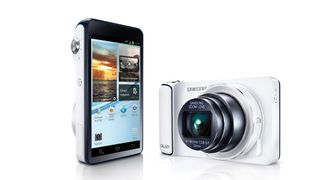
So as well as offering the array of automatic shooting modes that we might expect from a compact, it is also possible to shoot in the aperture priority, shutter priority and manual exposure modes that are normally preferred by experienced photographers.
These users may be disappointed to learn that the camera only saves images in JPEG format and not raw files, though.
Less experienced photographers can use the fully automatic mode or one of the 15 scene modes that tailor the camera's settings for shooting in particular situations.
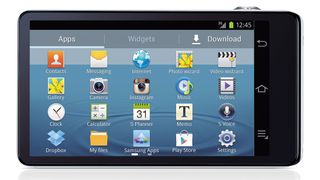
A snippet of useful advice is displayed when any of these options is selected. When Light trace is selected, for example, you're advised that a tripod is recommended during the long exposure
Meanwhile in Best Face mode we are informed that the camera will enable you to select the best image of each person from five consecutively captured images.
There are also more common options such as a Macro, Panorama, Smart Night and Best Photo mode.
Most Popular






